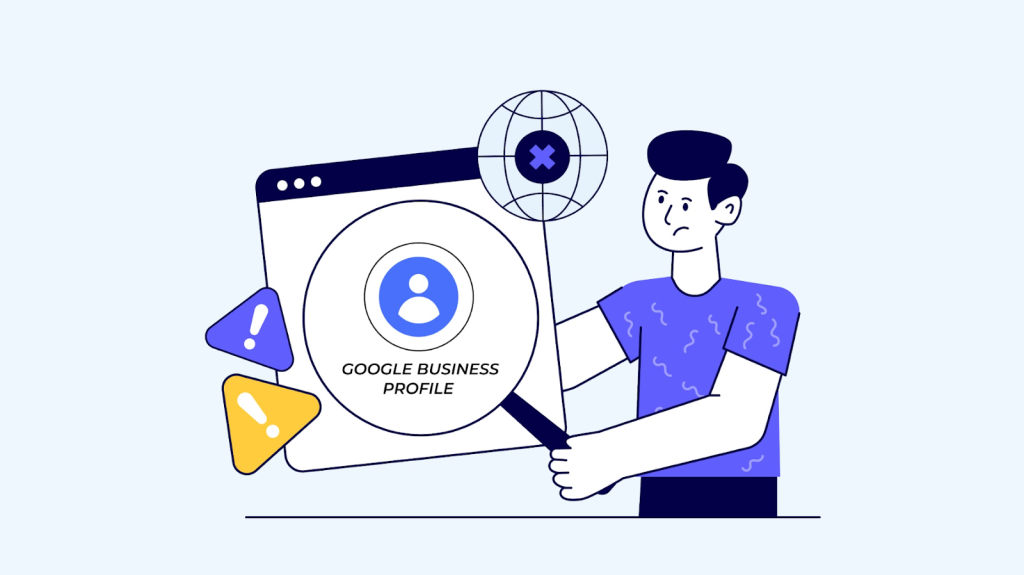
Yext is an industry-leading platform that transforms how businesses manage their digital knowledge across the vast ecosystem of search engines, maps, apps, and directories. By centralizing your data and automating distribution, Yext ensures your brand is consistently visible, accurate, and engaging everywhere customers search.
Here is a step-by-step guide to leveraging the Yext platform for maximum SEO success, especially in the realm of local and AI-driven search.
Phase 1: Establish Your Data Foundation (The Knowledge Graph)
The first, and most crucial, step is centralizing and structuring your business information in the Yext platform’s core database—the Knowledge Graph.
Step 1: Onboard Your Core Business Data
- Enter NAP Data: For every business location, input your Name, Address, and Phone number (NAP) exactly as you want it to appear everywhere online. This consistency is the most fundamental factor in Local SEO.
- Define Core Attributes: Add vital information like website URL, business description, operating hours, holiday hours, payment options, and service offerings.
- Categorization: Select primary and secondary business categories. Ensure these are accurate and relevant to how customers search for your services.
Step 2: Enrich Your Digital Knowledge
- Media Assets: Upload high-quality, relevant photos and videos for each location, including exterior shots, interior ambiance, and team photos. Use descriptive captions and tags for extra SEO value.
- Structured Data: Add rich, actionable data such as menus (for restaurants), accepted insurance plans (for healthcare), or specific products/services offered at each location. Yext uses this data to automatically generate Schema.org markup, which helps search engines display “Rich Results.”
- Staff and Personnel (Multi-Practitioner): For professional service businesses (like doctors, lawyers, or real estate agents), create dedicated entities for each practitioner with their bio, specialties, and professional credentials.
Phase 2: Achieve Ubiquity and Consistency (Listings Management)
With your data perfected, the next step is to instantly and consistently publish it across the internet using Yext Listings.
Step 3: Connect and Sync Your Listings
- Review and Select Publishers: Review Yext’s extensive network of publishers (Google Business Profile, Apple Maps, Bing, Yelp, Facebook, etc.). The goal is to maximize your brand’s presence across major and niche directories.
- Activate Listings Sync: Once enabled, Yext uses direct API integrations to push your Knowledge Graph data to these sites. This is your “set-it-and-forget-it” mechanism for consistency.
- Suppress Duplicates: Yext will scan the web for duplicate, inaccurate, or outdated listings and use its technology to suppress or correct them, eliminating the “citation chaos” that often hurts local rankings.
Step 4: Maintain and Update Information
- Real-Time Updates: When business details change (e.g., new phone number, new hours, special holiday closures), update the single source in your Yext Knowledge Graph. The changes are immediately pushed live across the entire network, providing customers and search engines with real-time accuracy.
- Post Local Updates: Use the platform to publish location-specific announcements, special offers, and events (e.g., Google Posts, Facebook Posts). Regular, relevant content boosts local engagement and visibility.
Phase 3: Optimize for Engagement (Reviews & Pages)
SEO success is increasingly measured by customer engagement and trust signals. Yext’s tools help you manage these critical factors.
Step 5: Master Review and Reputation Management
- Centralized Monitoring: Use the Reviews feature to track and aggregate customer feedback from all major sites (Google, Yelp, Facebook, etc.) in one dashboard.
- Respond Quickly and Consistently: Set up notifications for new reviews. Prioritize responding to all reviews—both positive and negative. Prompt, personalized responses show search engines and customers that you are an engaged, trustworthy business.
- Review Generation: Implement Yext’s tools to strategically request and generate new, high-quality reviews. A steady flow of fresh, positive feedback is a massive ranking signal.
Step 6: Deploy Local SEO Pages
- Create Local Landing Pages (Pages): For multi-location businesses, use Yext SEO Pages to create fast, mobile-responsive, and technically-optimized landing pages for every physical address. These pages are a primary source of content for search engines.
- Integrate Knowledge: Ensure these pages dynamically pull content directly from your Knowledge Graph, guaranteeing consistency with your listings.
- Optimize Page Content: Use the pages to provide localized, high-value content, such as embedded maps, specific FAQs for that location, staff bios, and local testimonials.
Phase 4: Monitor and Refine Your Strategy
SEO is not a one-time project. Use Yext’s analytics to continuously improve your performance.
Step 7: Analyze Performance and Insights
- Track Key Metrics: Monitor how your listings are performing. Track impressions, clicks, driving directions requests, and calls. Focus on engagement metrics (actions) over just rank alone.
- Competitive Analysis: Use Yext’s tools (like Scout) to see how your listings stack up against local competitors and identify areas where your competitors are outperforming you (e.g., review response speed, profile completeness).
- Refine and Adapt: Use data from your analytics to refine your strategy. For example, if you see high traffic to a certain FAQ on your local page, create a more detailed blog post on that topic.
By following these steps, Yext transforms the complex task of digital knowledge management into a scalable, high-impact SEO strategy that builds brand authority and drives conversions from local and AI search.



